Combine the atta flour and salt in a bowl. Then add the thyme, garlic, 1 teaspoon of oil, and 2 tablespoons of water. Using your hand, combine all of these ingredients together.
Take some oil (I used 1/4 teaspoon) and cover the surface of the circular shape with oil. Then fold the circular shape into a semi-circular shape, such that the oiled surface is no longer visible. Take a little more oil (I used 1/8 teaspoon) and cover the semi-circular shape. Then fold that so that you have a triangle shape. Pinch the folded sides of the triangle shape shut.
Heat a tava/skillet/griddle over medium-high heat. Once hot, add each paratha to the skillet.
For comparison sake, I made a few parathas with regular whole wheat flour too. You can see the difference in the pictures below: the ones made with atta flour are more golden in color, whereas the regular flour is more of a brown color. The atta parathas were also easier to work with and more pliable once cooked. The regular flour parathas were a little bit harder after cooking. That being said, they both tasted great, so if you can't get atta flour, whole wheat flour can be used as a substitute.
Happy Fall and Happy Eating!
Ingredients:
- 2 tbsps fresh thyme leaves
- 2 garlic cloves
- 1/2 cup whole wheat durum atta flour (or regular whole wheat flour), plus more for surface dusting
- 1/4 tsp salt
- 2 3/4 - 3 tsps olive oil
- 2-3 tbsps water
Recipe (makes 4):
- Pick 2 tablespoons worth of thyme leaves off the sprigs. Finely mince the thyme leaves. Finely mince the garlic and set aside.
- Combine the atta flour and salt. Add the thyme, garlic, 1 teaspoon of oil, and 2 tablespoons of water. Combine the ingredients with your hands to make the dough.
- If the dough appears dry, add another 1/4 teaspoon of oil and additional water, 1 teaspoon at a time (I added an additional 3 teaspoons). Combine the additional oil and water into the tough using your hands.
- Once the dough is soft and pliable (not dry/hard nor too sticky), knead it with your fists. You can also throw it from above into the bowl with force a few times. If you put your finger into the dough, the dough should spring back slightly.
- Cover the dough with a kitchen towel and set aside for 20 minutes.
- Prepare your work area by keeping 1 1/2 to 2 teaspoons oil and some flour for dusting the rolling surface and the balls of dough.
- Break the dough into four equal parts. One by one, roll each part into a ball and dust each ball with additional atta flour. Roll each ball out into a circular shape with a (roughly) 4-inch diameter.
- Spread 1/4 teaspoon of olive oil onto the surface of the circular shape. Then fold the shape into a semi-circle. Spread 1/8 teaspoon of olive oil onto the surface of the semi-circle shape. Fold again to make a triangle shape. Using your fingers, pinch the folded sides of the triangle.
- Roll the triangles out into a larger triangle which is even and thin.
- Heat the tava/skillet/griddle over medium-high heat. Once hot, add each paratha to the hot pan. The paratha will begin to change color and form air bubbles. Once you see this happen (approximately 2 minutes), flip the paratha to the other side. It will continue to cook (another 1 to 2 minutes) until it reaches a nice golden color with a few brown spots.
- Serve hot by themselves, with butter, with chutney, or with any Indian curry.
- Once cooled, they can be stored in an air-tight container at room temperature. You can also cover in foil and keep in a plastic bag in the freezer.

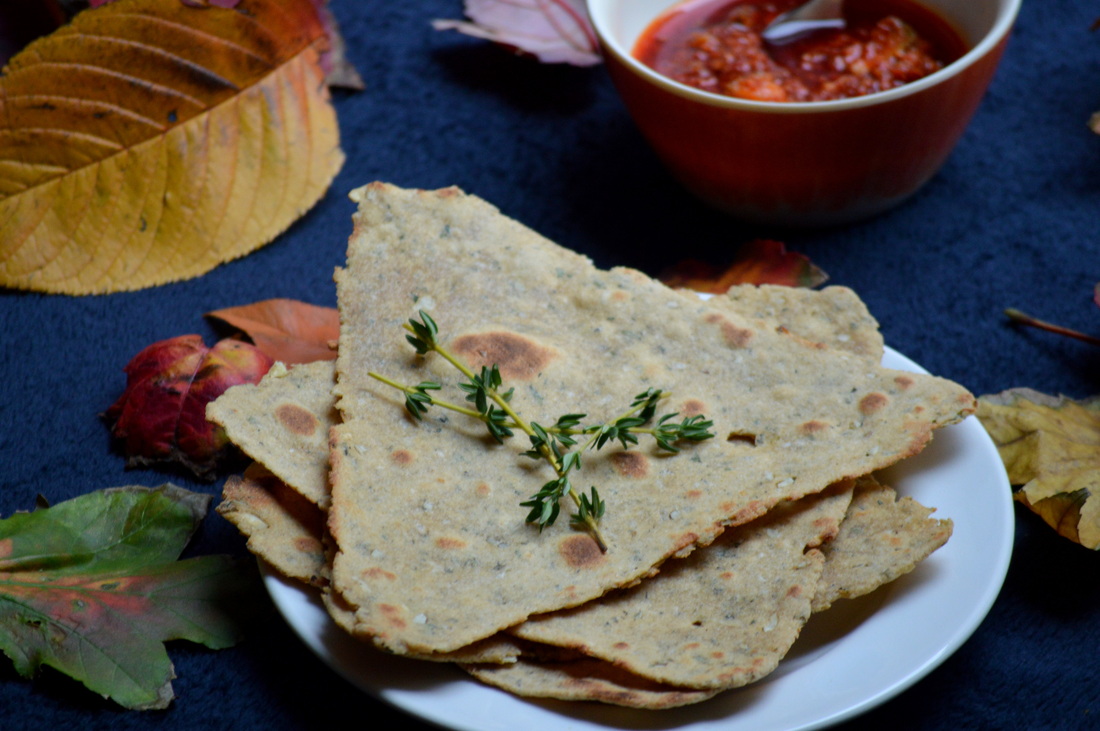
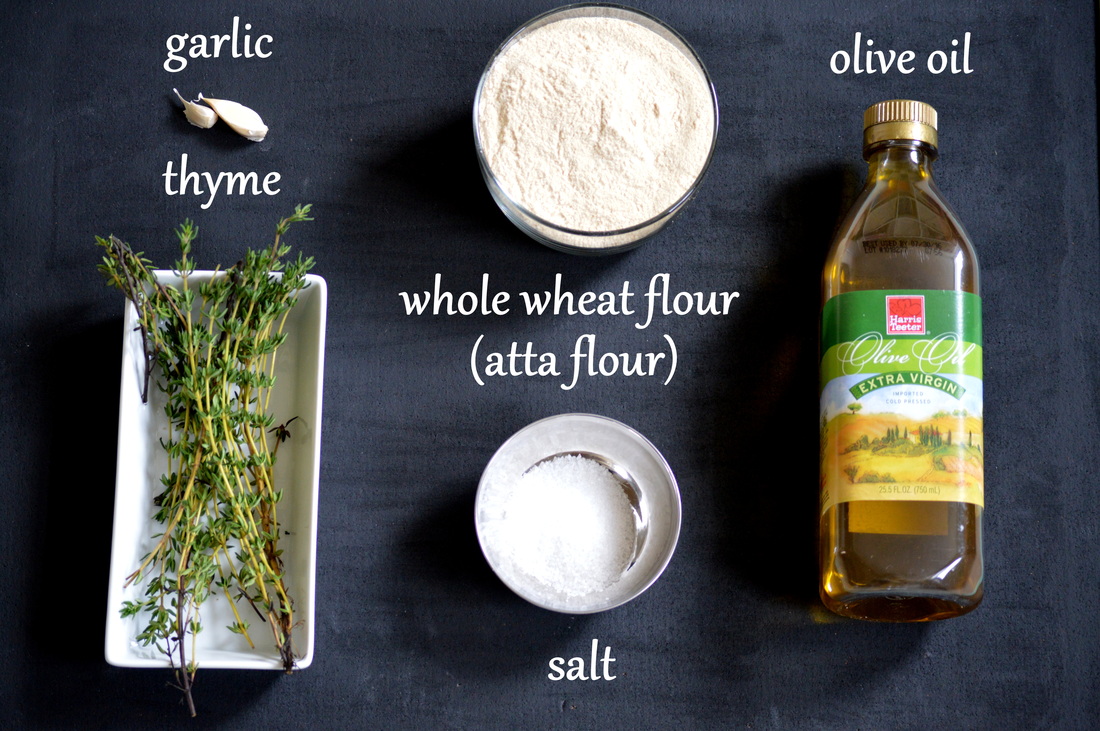
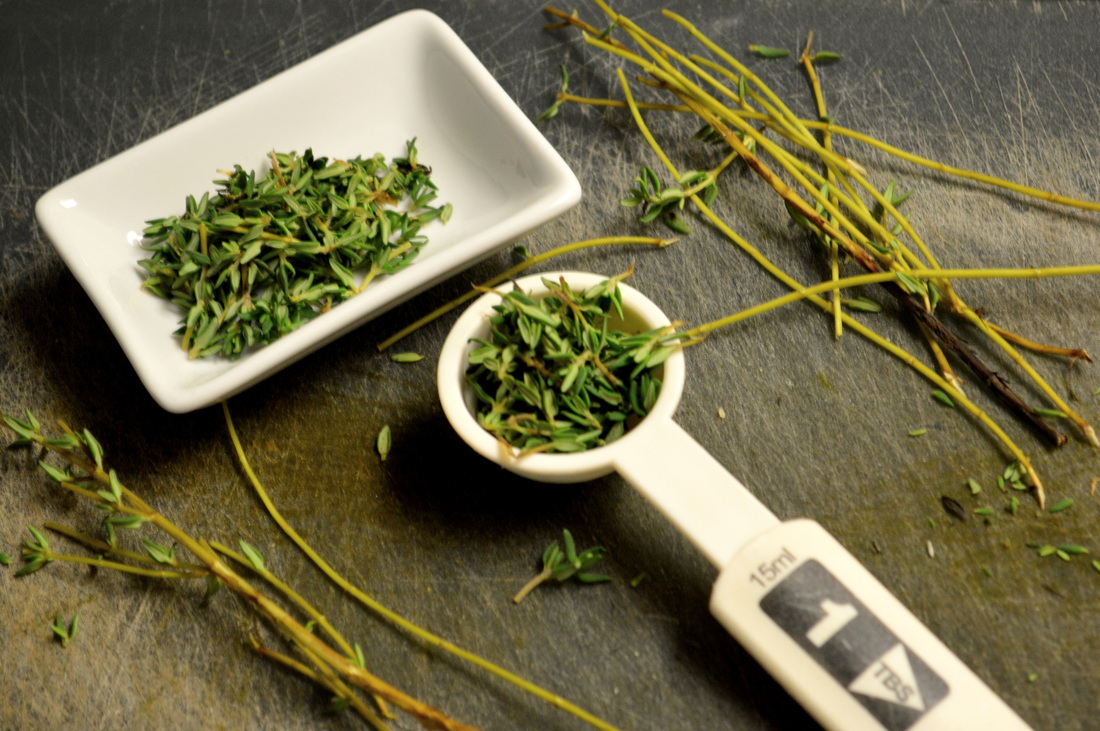
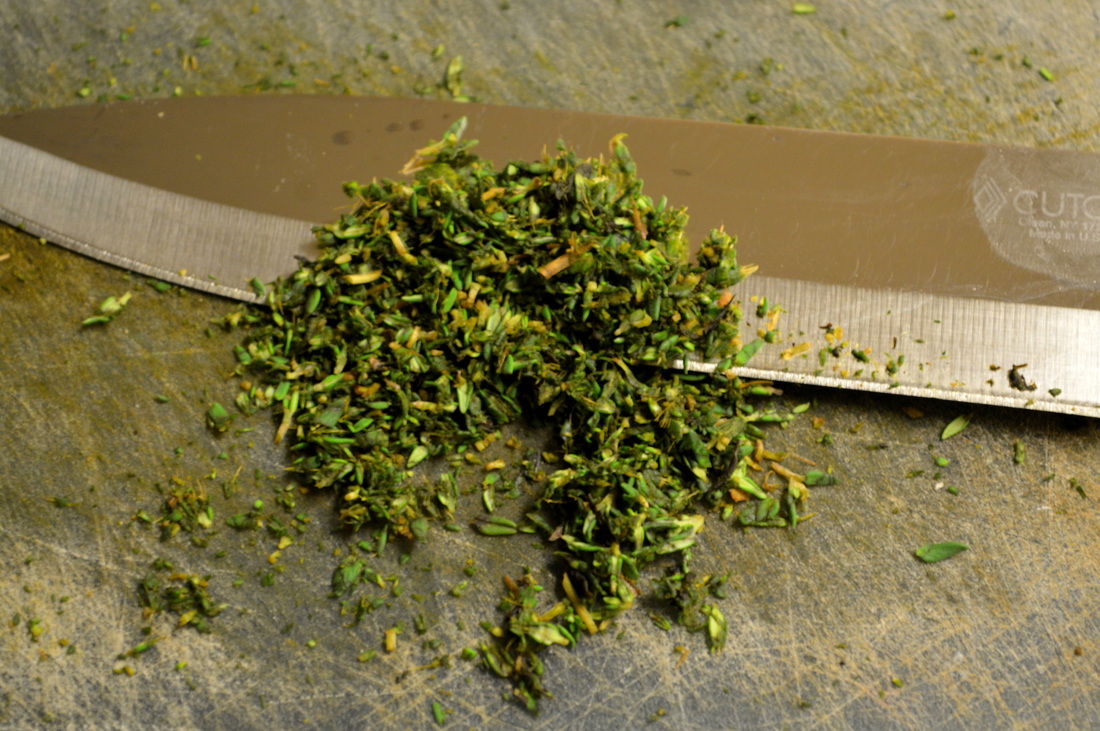

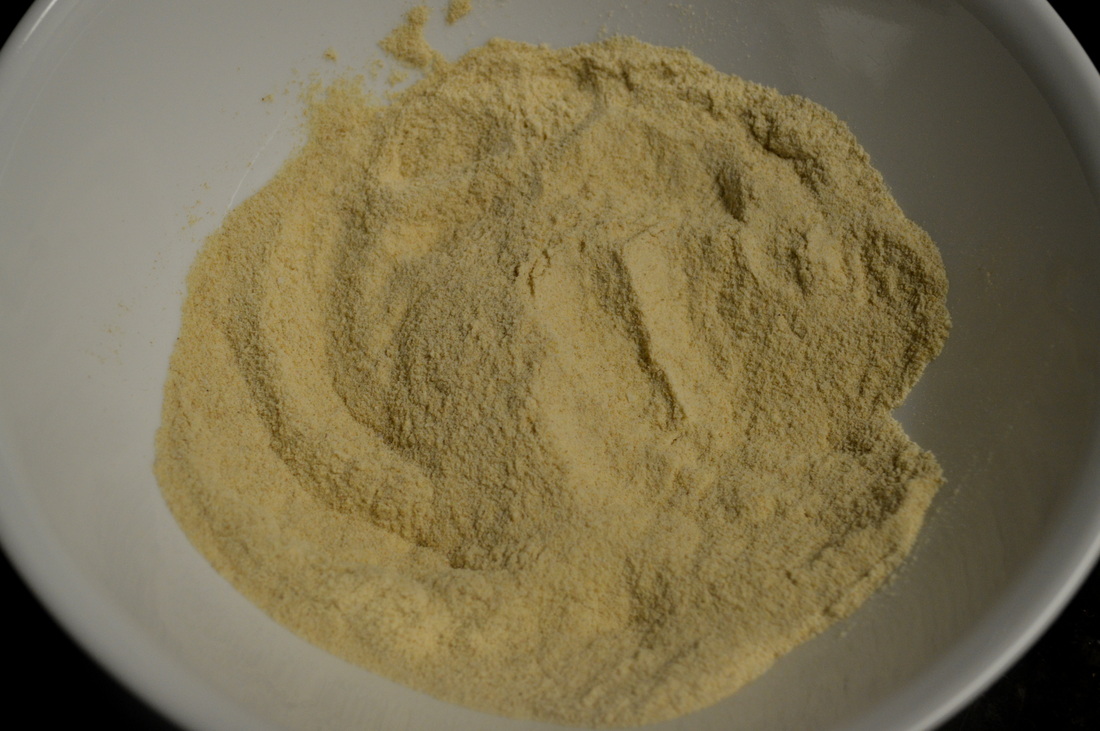
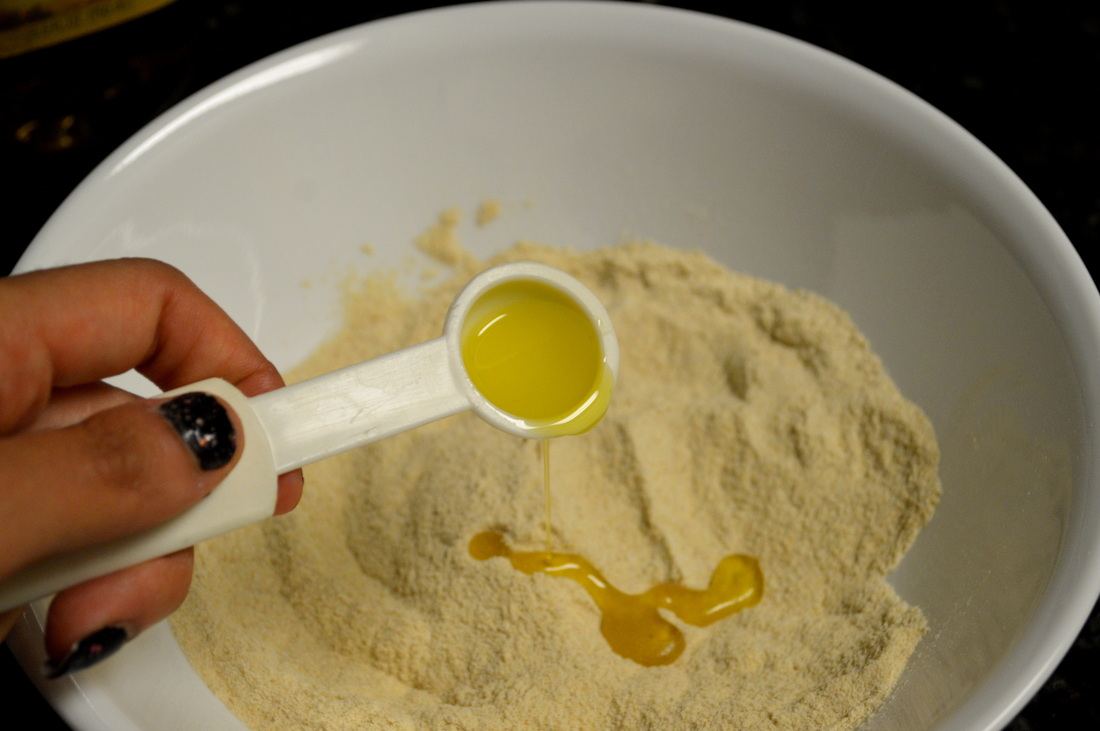

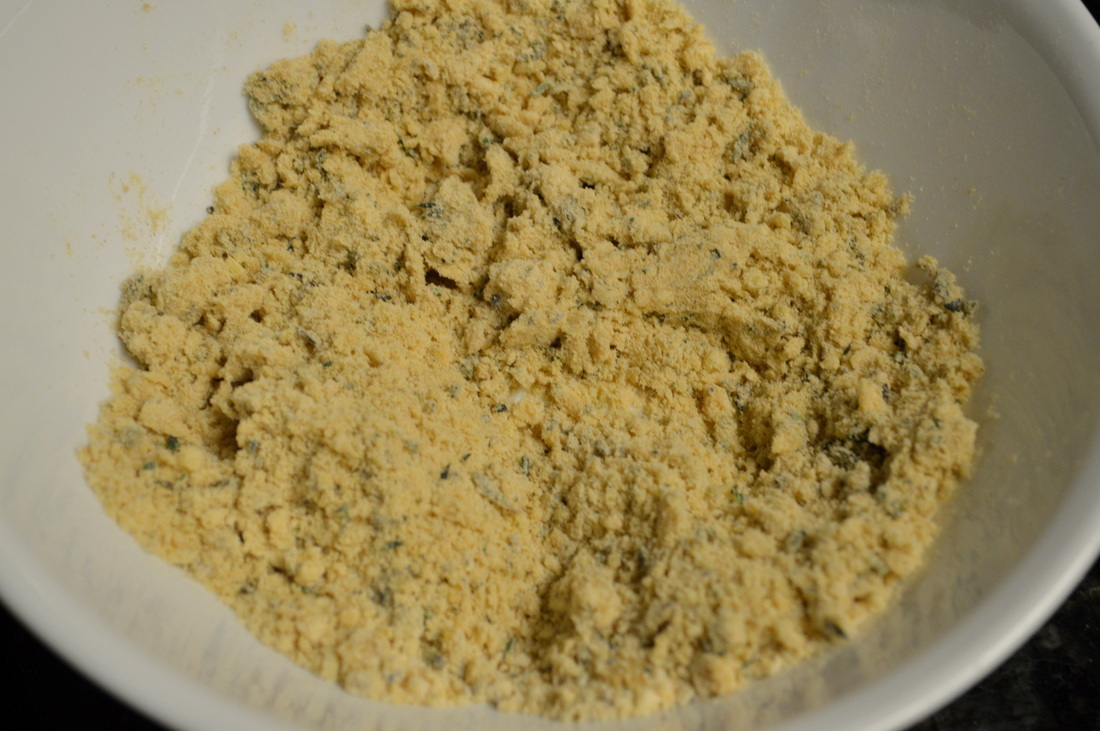
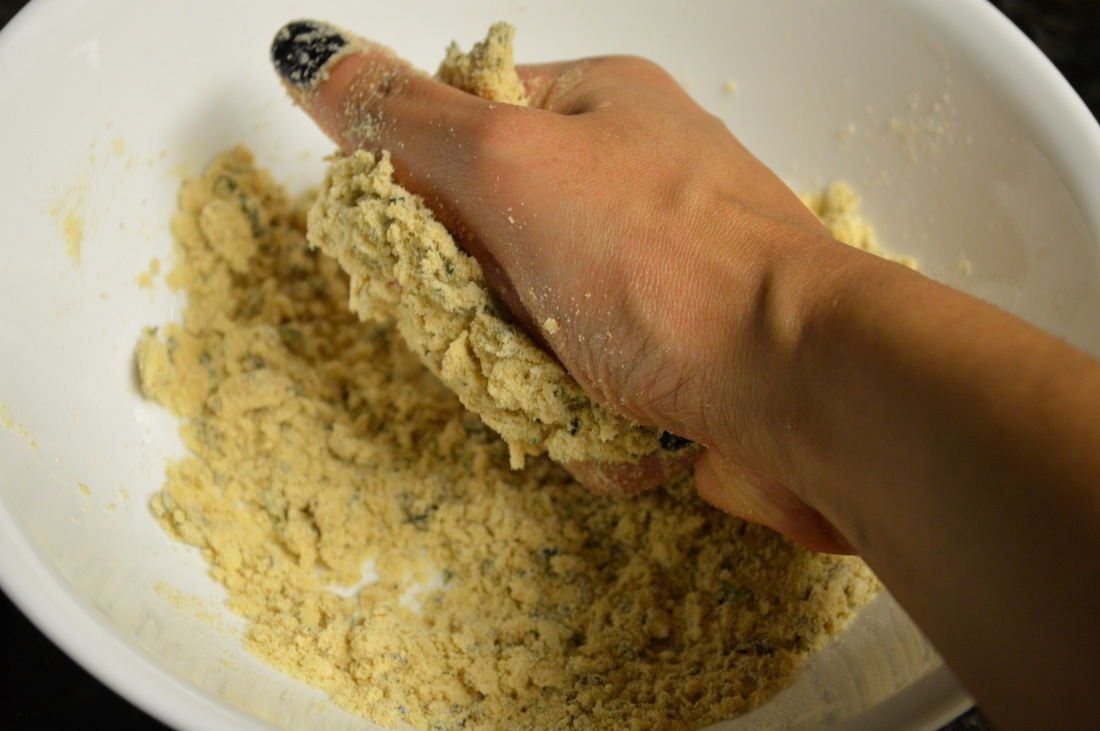
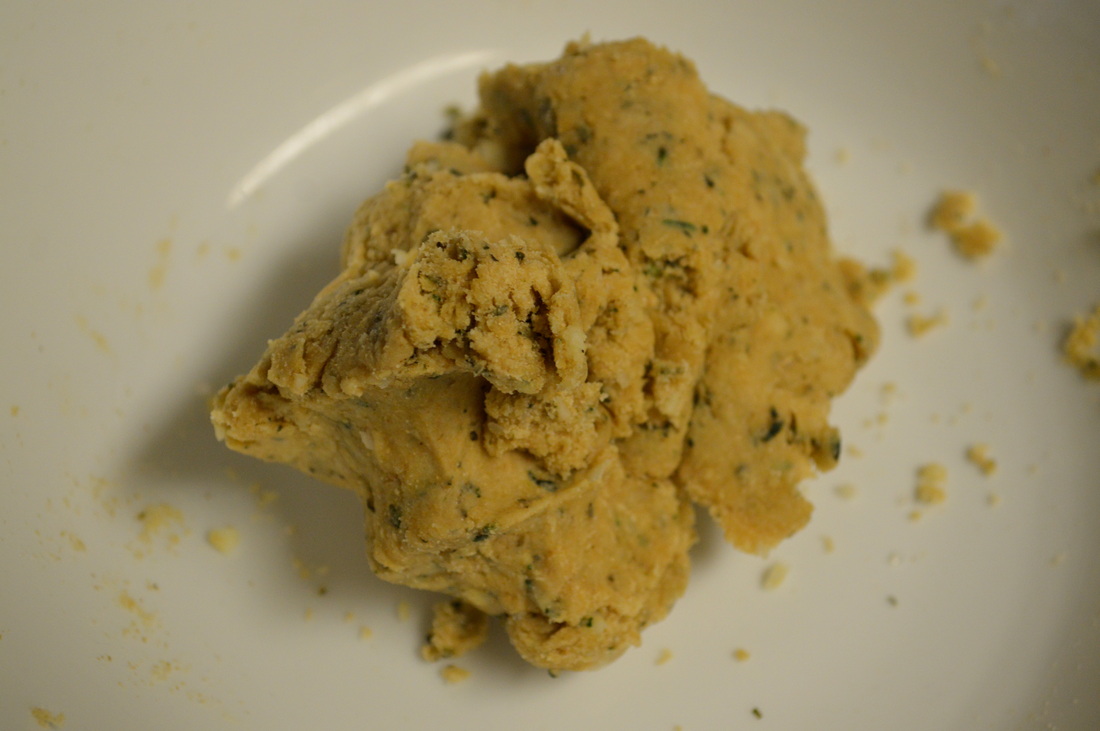
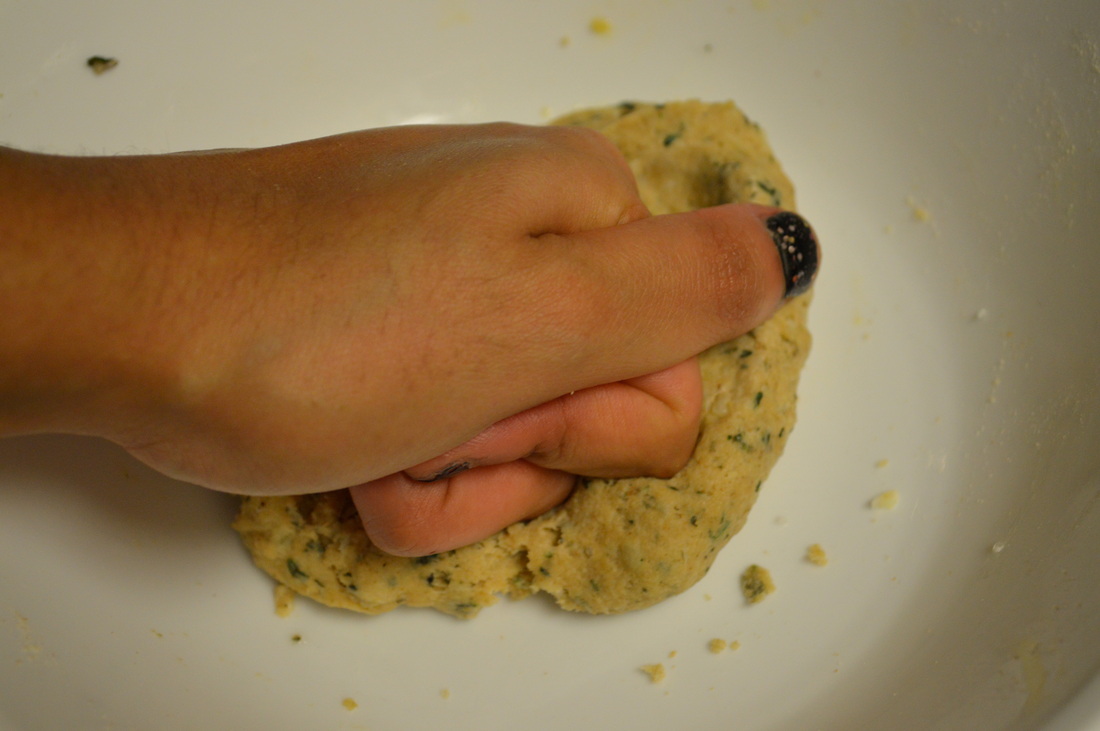
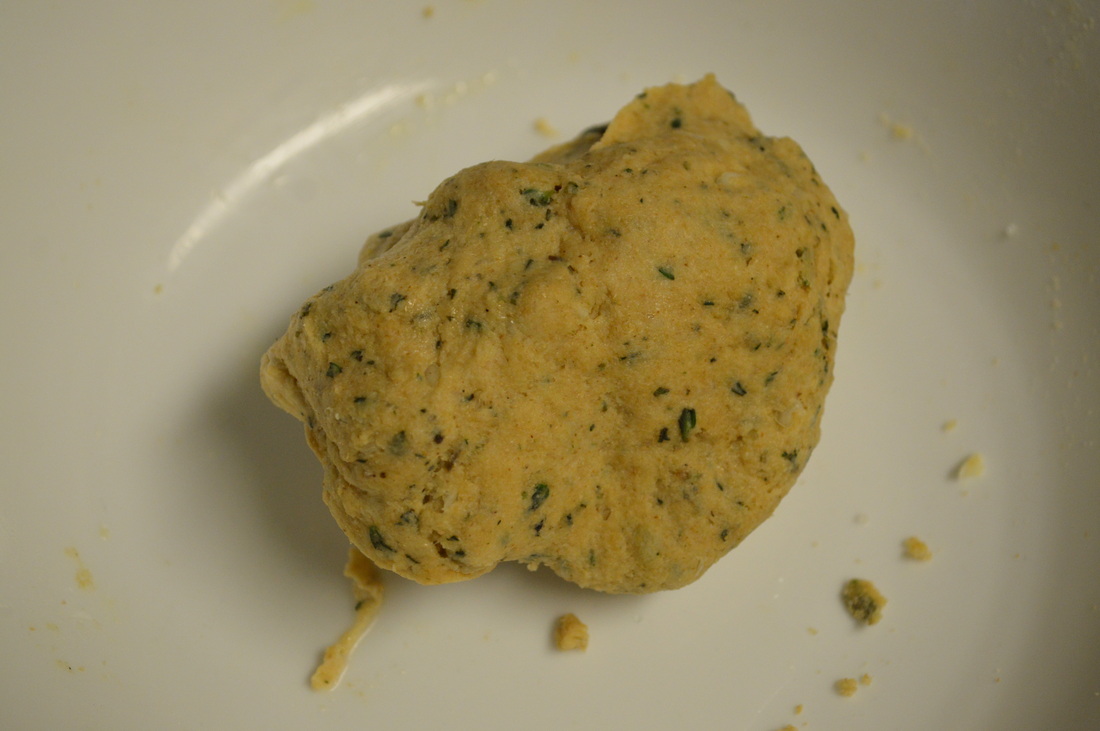

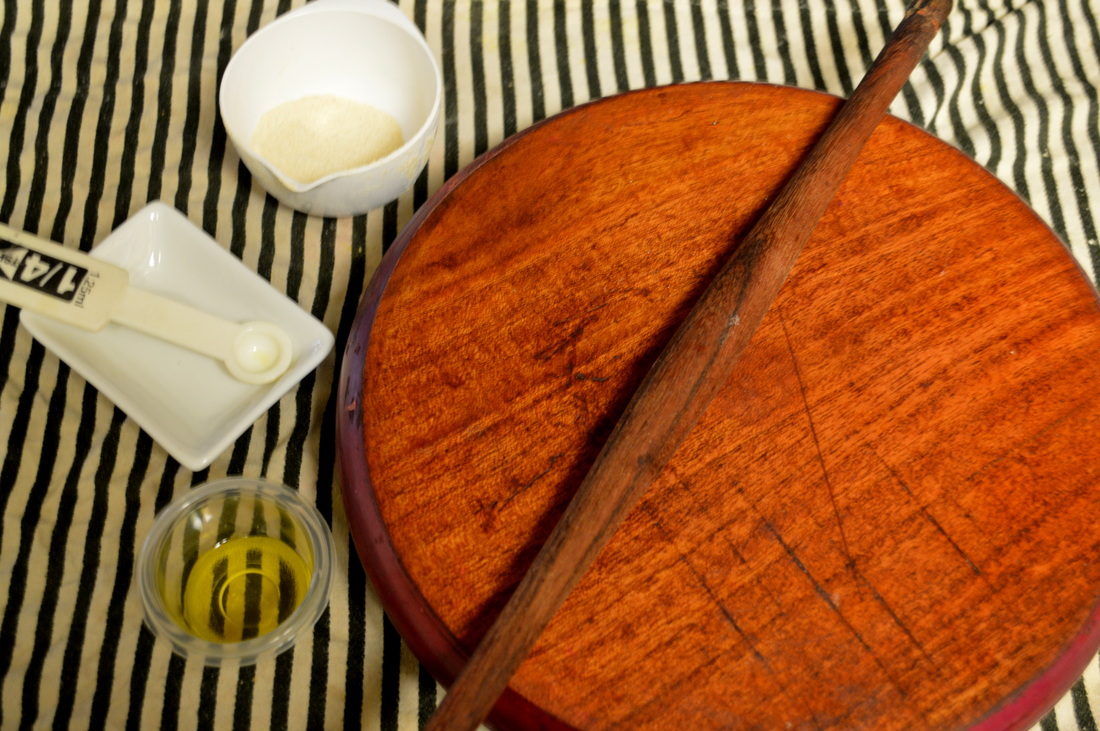
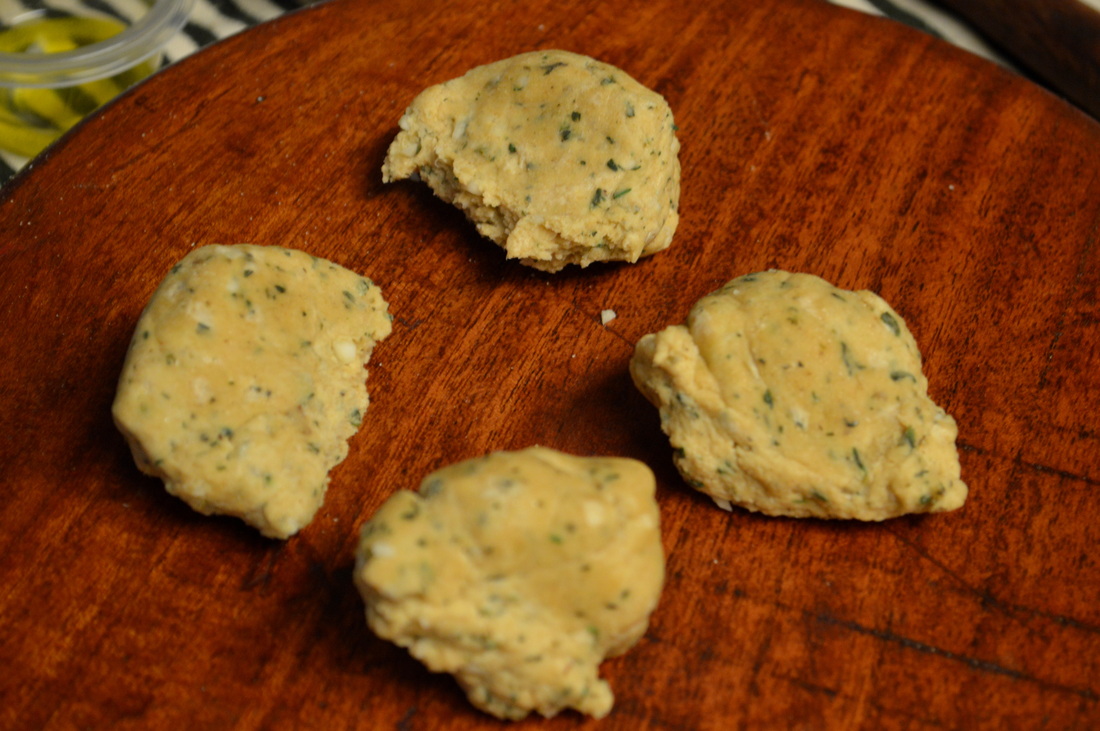
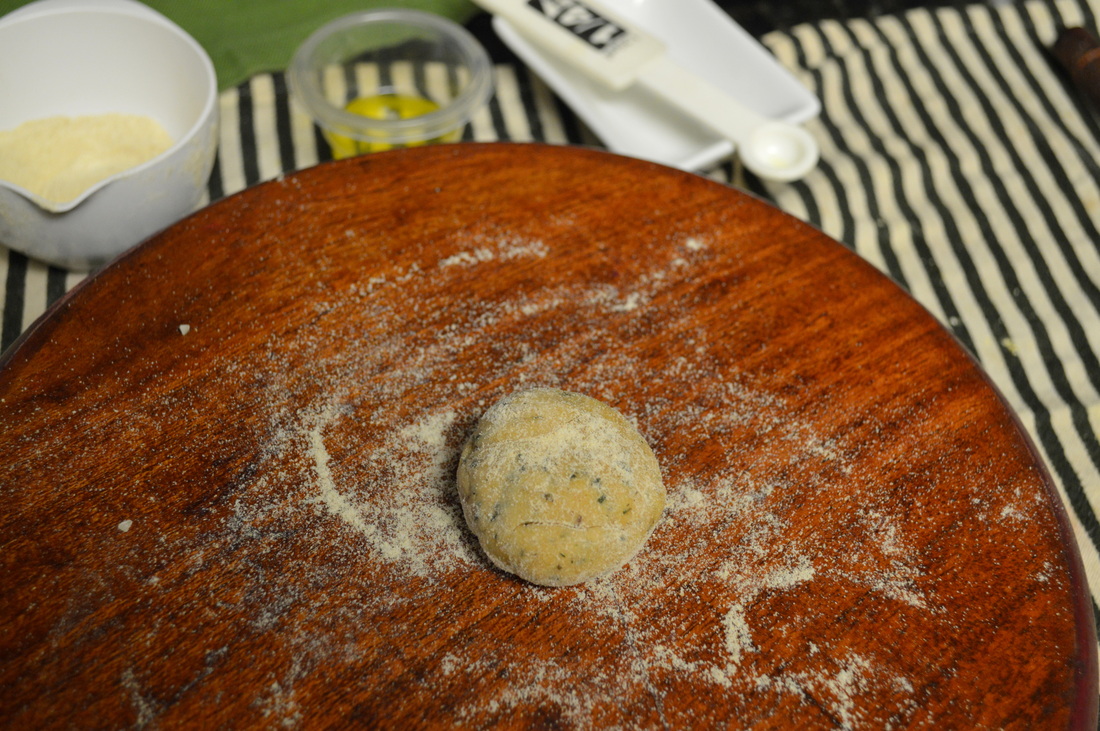
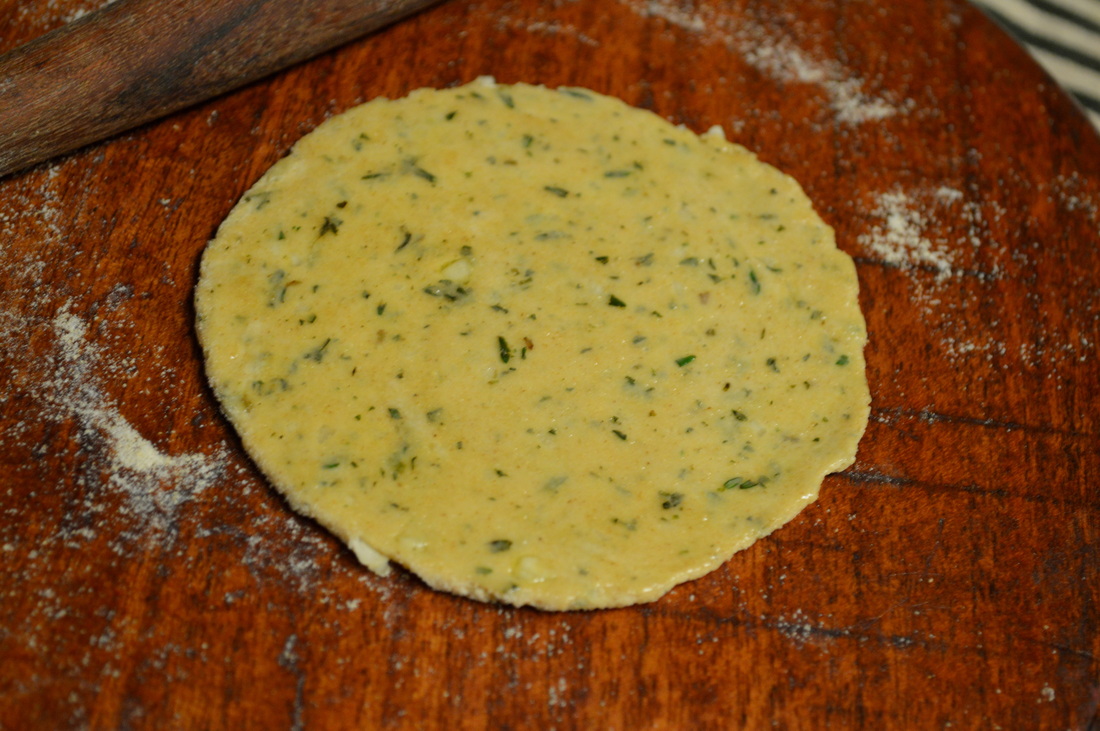
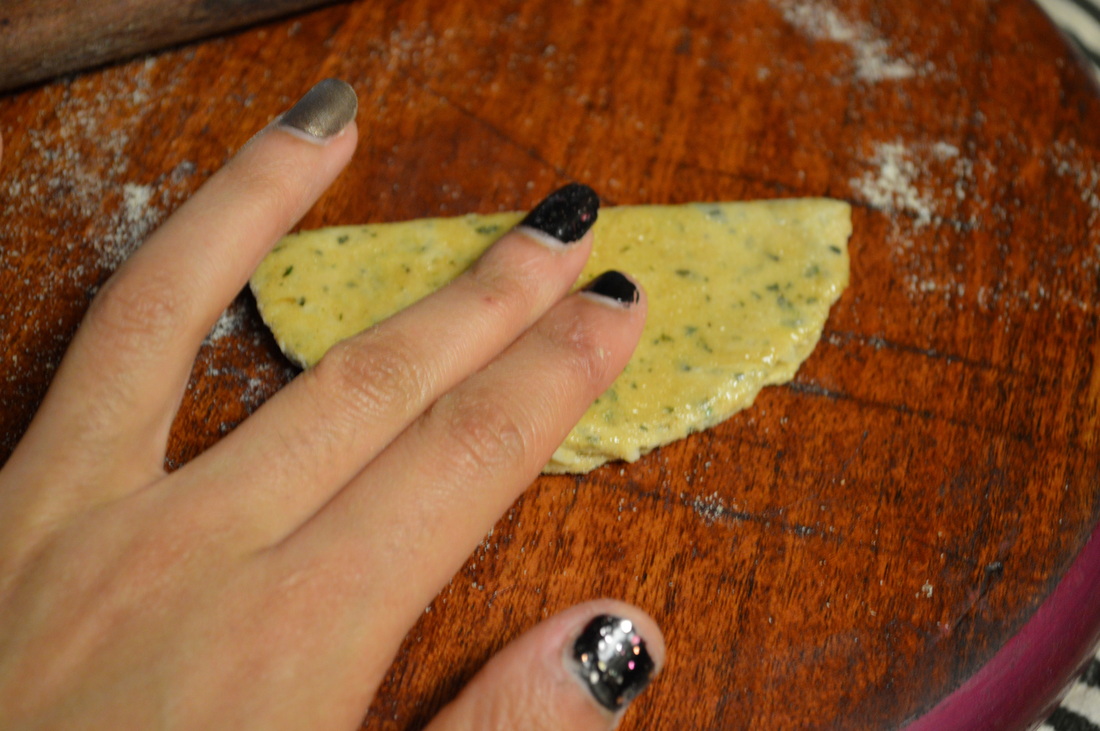
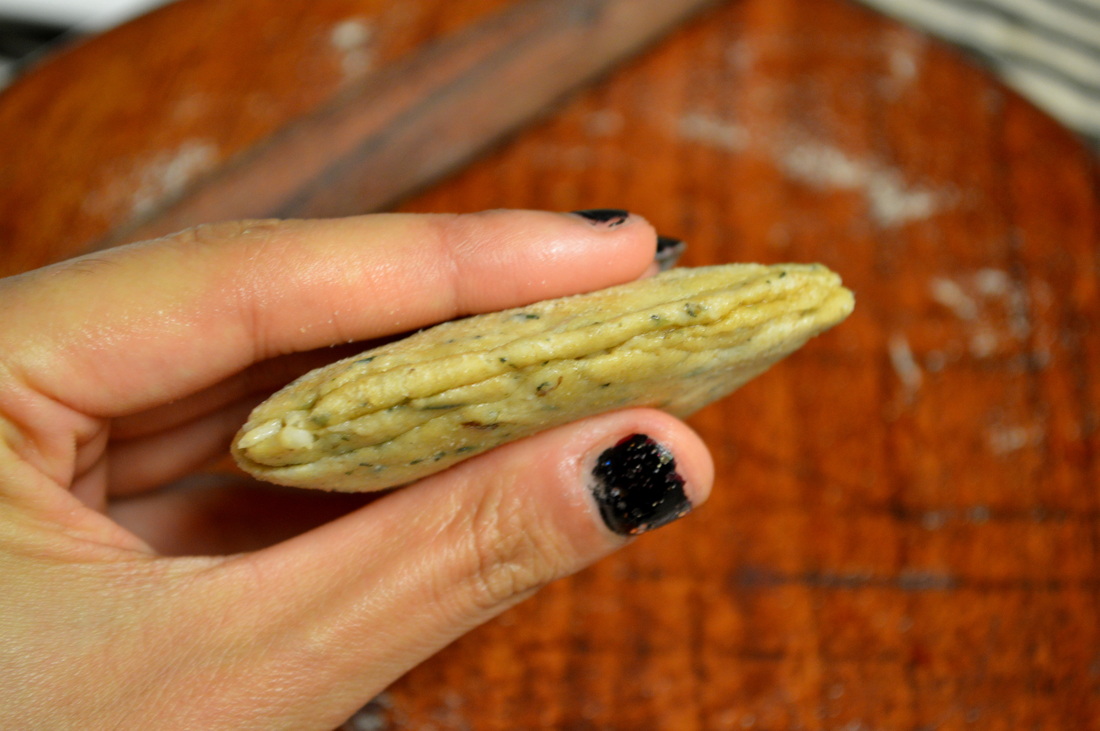
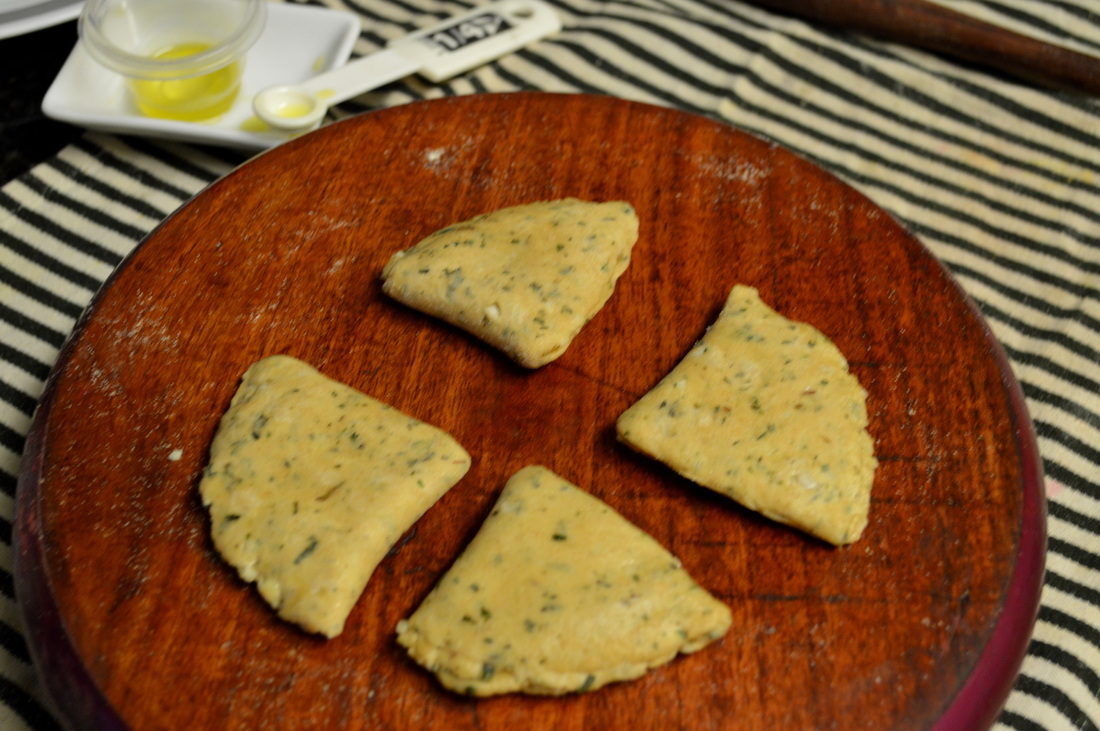
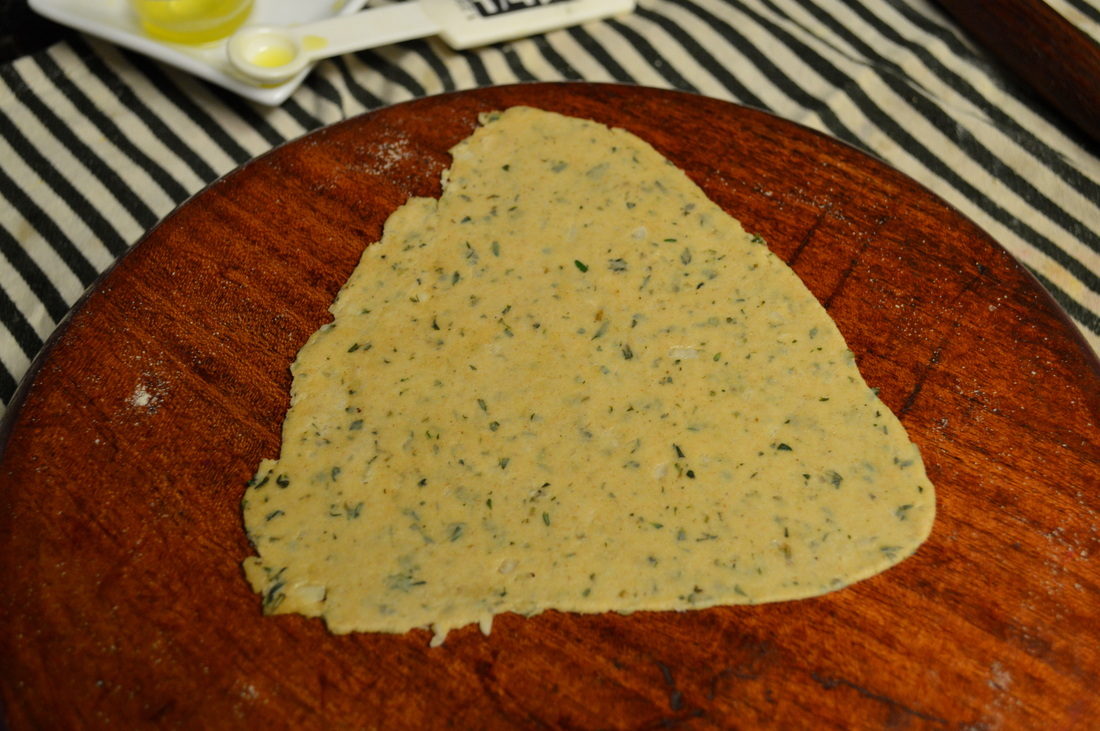
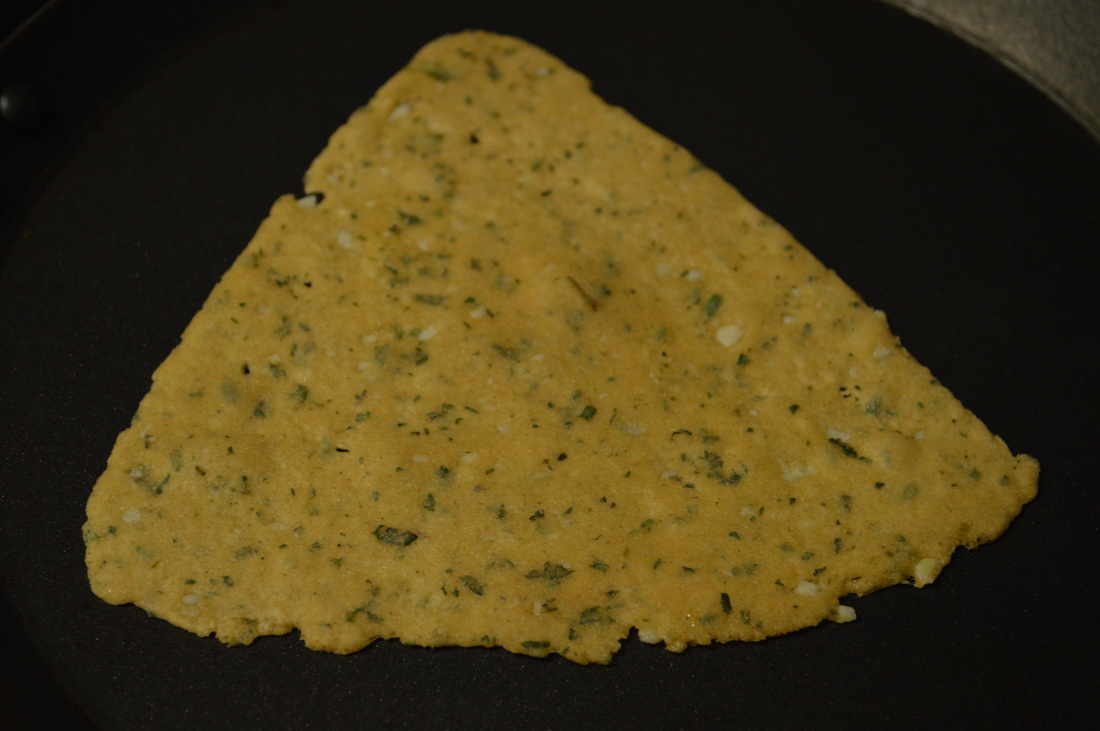
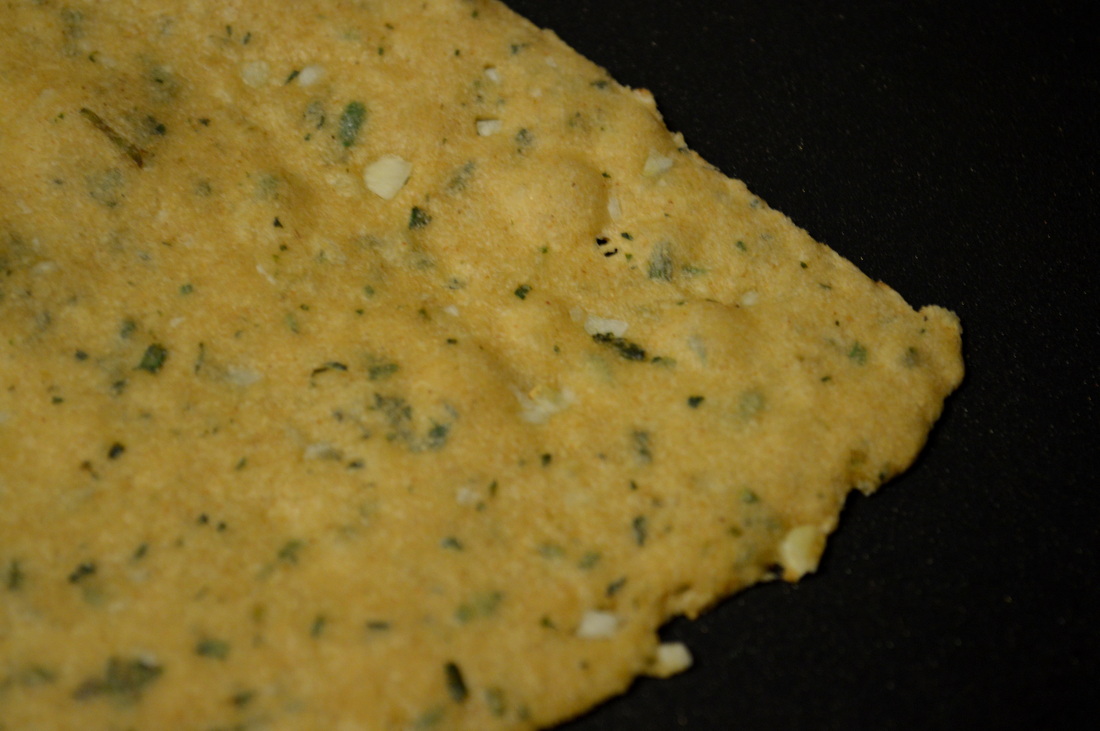
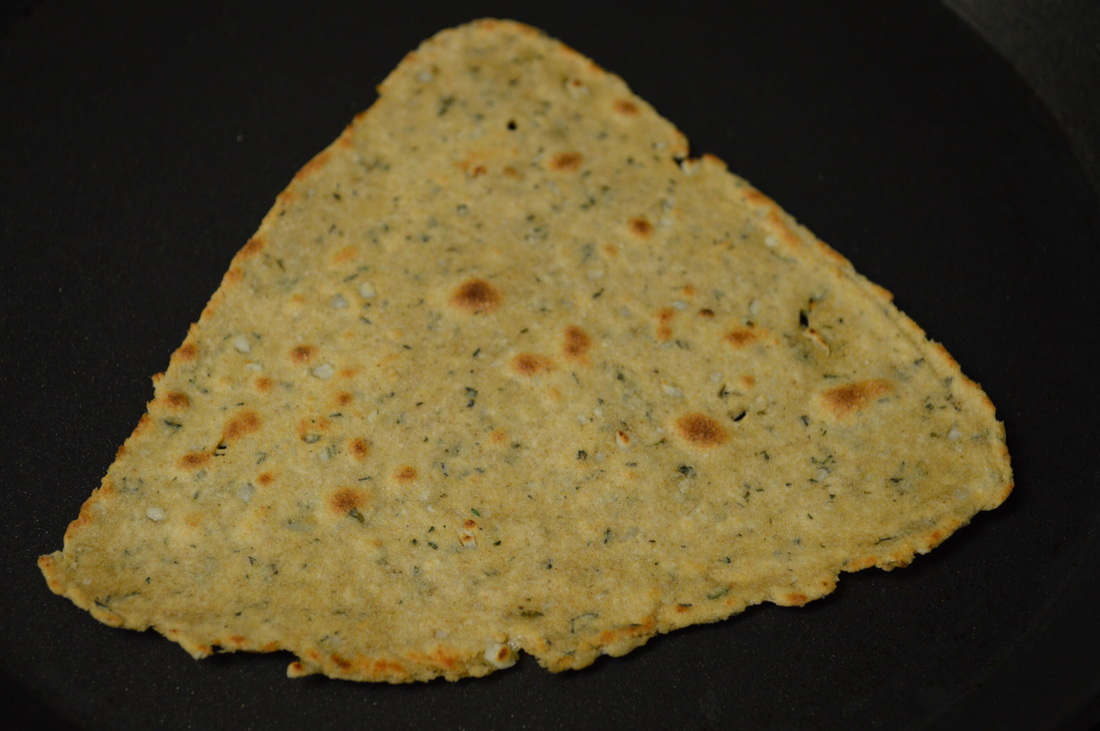
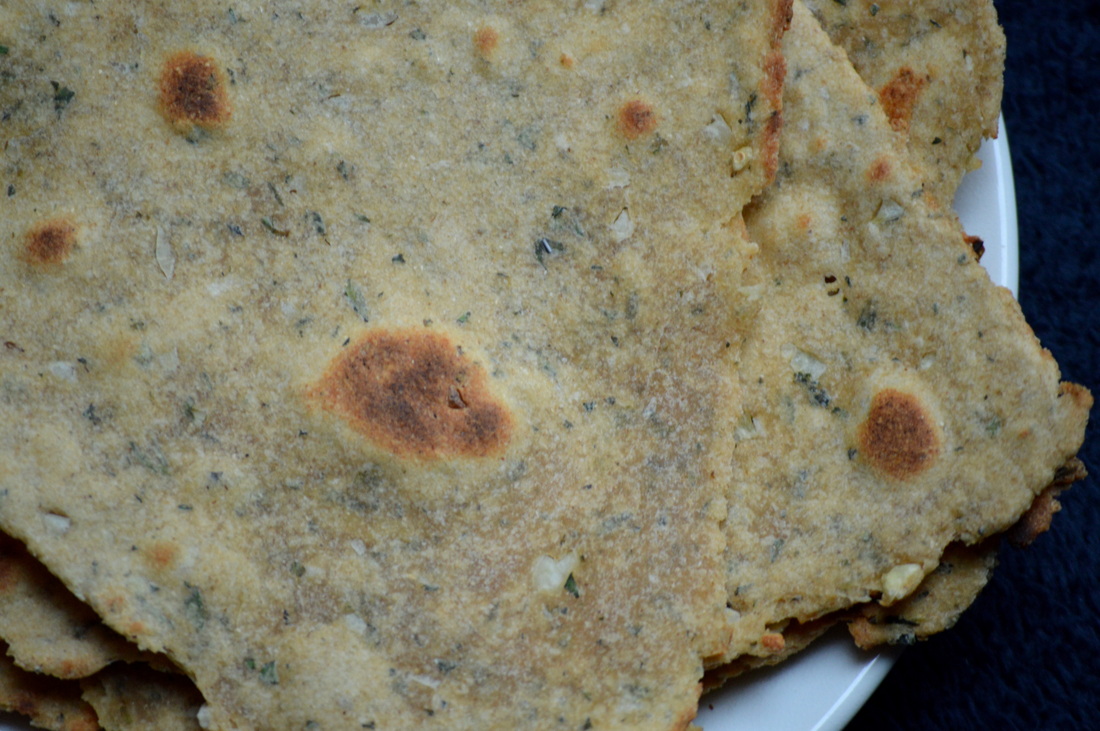
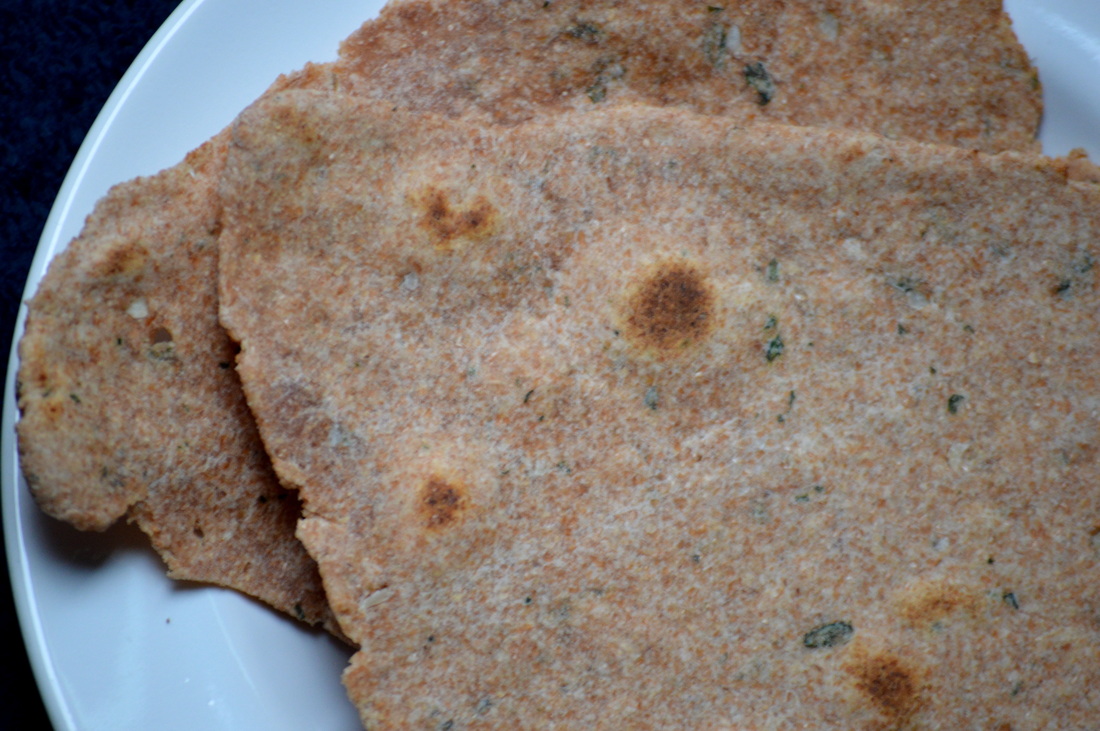
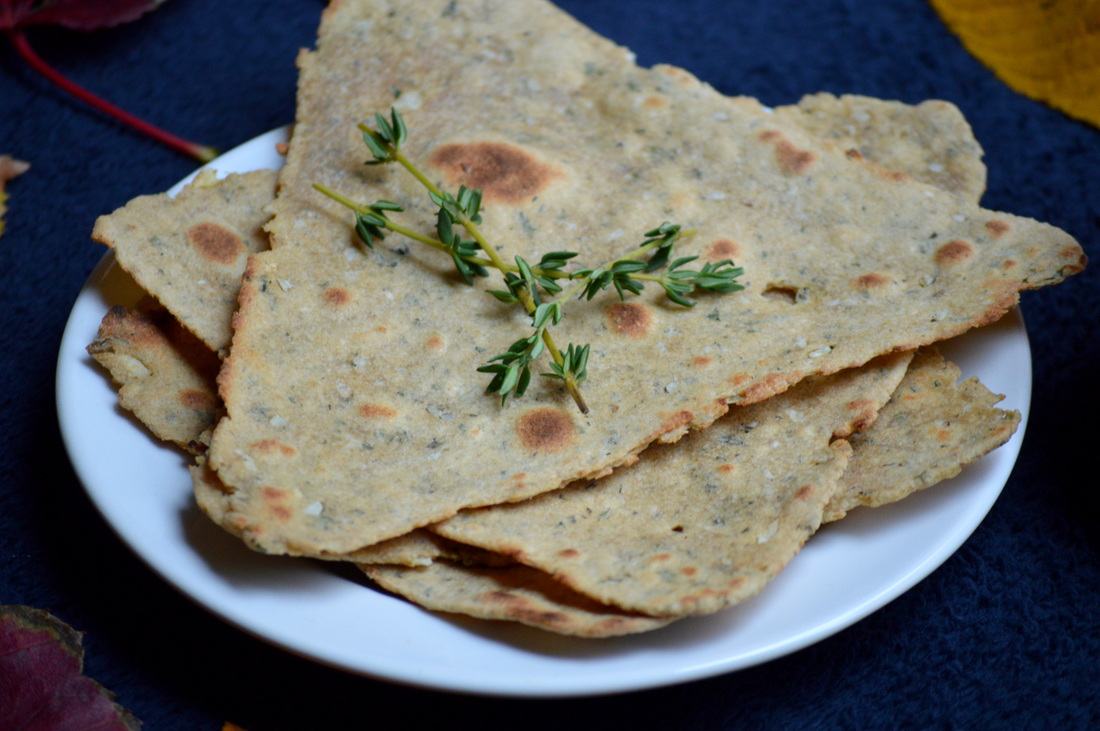
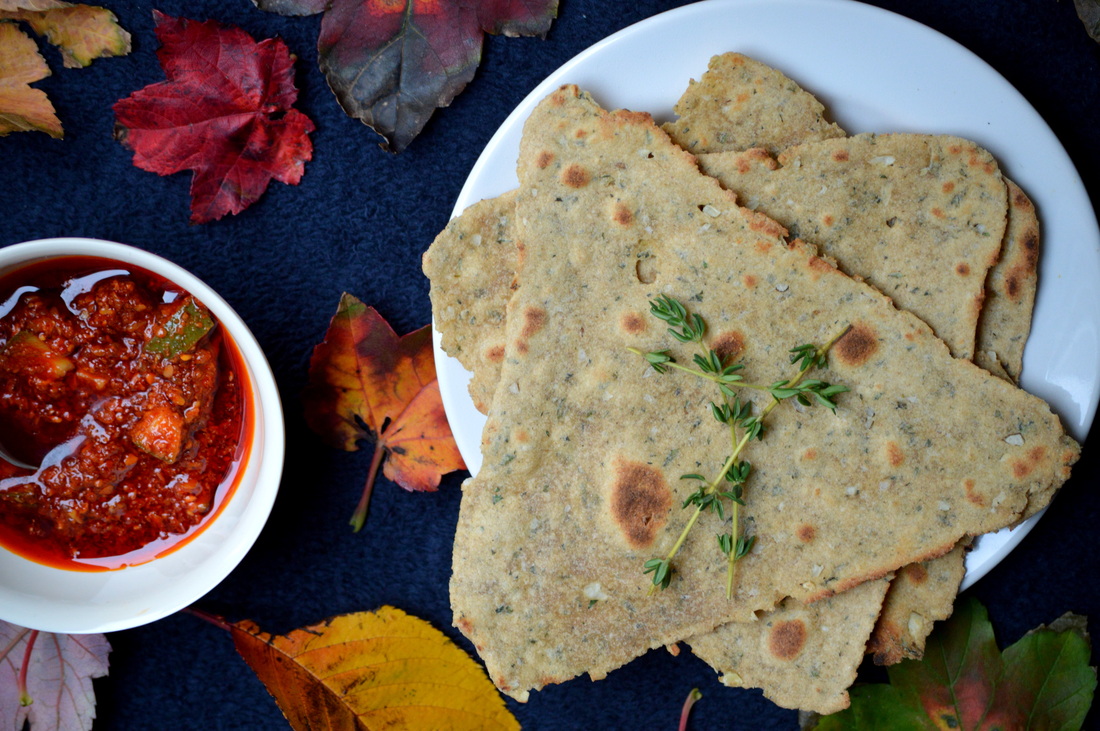
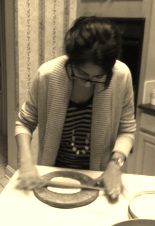
 RSS Feed
RSS Feed
